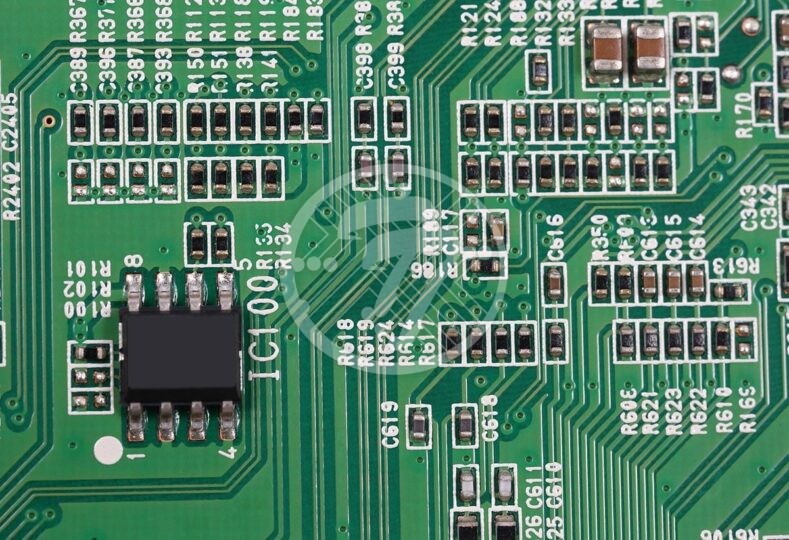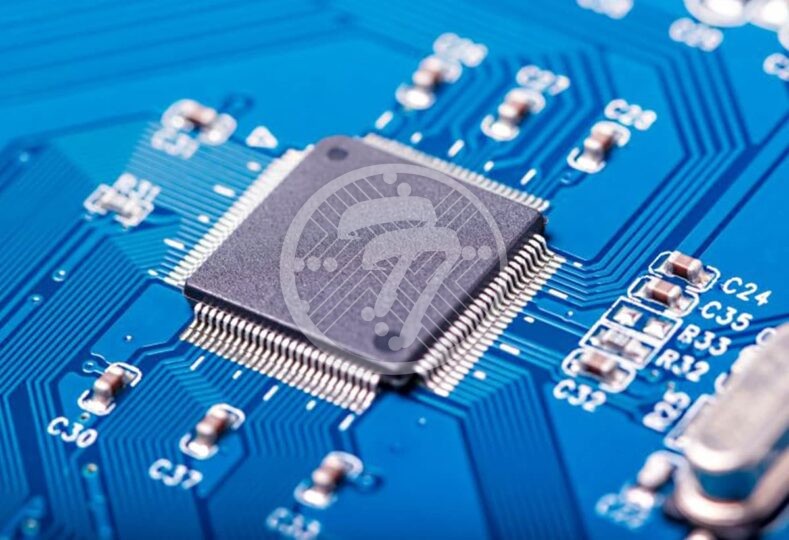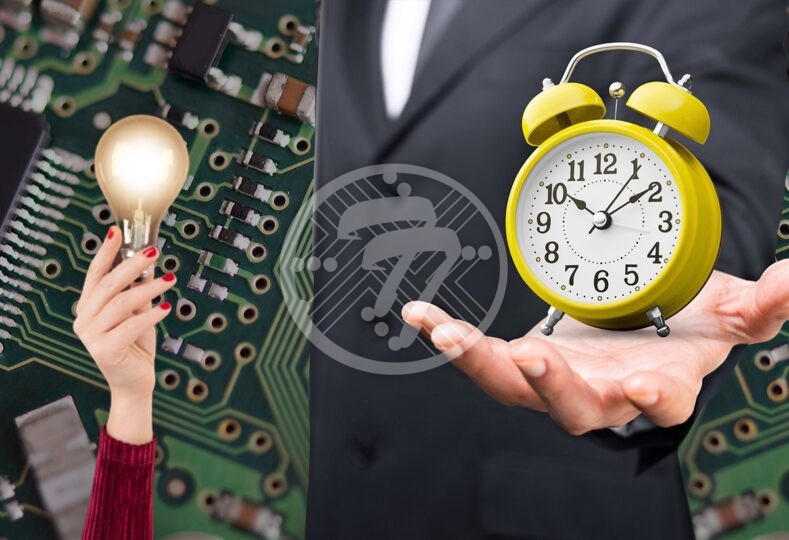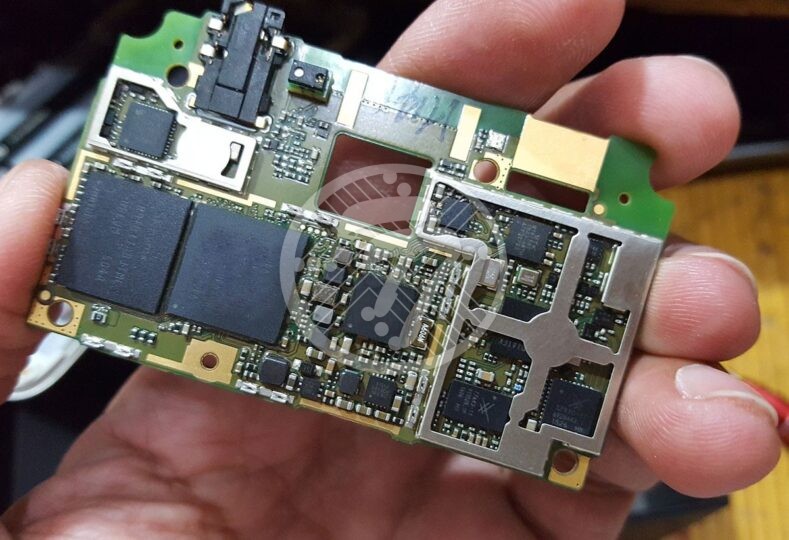PCB Conformal Coating vs PCB Encapsulation – Which one would you Choose?

With the rapid growth in the electronics industry, the use of PCB is also growing exponentially. Its use in different applications however means that the PCB is subject to different environmental conditions. In places where the PCB is subject to moisture or harsh chemicals, performance can be of concern. It is therefore imperative that the PCB be coated to protect it from environmental conditions. This protection can be offered by way of either conformal coating or potting or by way of encapsulation.
Properties of PCB Potting and PCB Encapsulation:
Potting as well as encapsulation resins go a long way in offering a high level of protection for the PCB. In fact, encapsulation offers both electrical properties as well as mechanical protection. This high level of protection is ensured by way of a mass of resin surrounding the entire unit. This is far more substantial when compared to conformal coating. In fact, potting along with encapsulation offer fool proof protection. However potting and encapsulation resins need to be tested in a number of environments, so that their specifications and suitability for use can be determined. These tests typically involve exposing them to controlled atmospheric conditions over a period of time. The dimensions, weight and appearance of the resin is seen before and after the tests to check if any changes have occurred.
Properties of conformal coating PCB:
Besides potting and encapsulation resins, conformal coating can also be done in order to protect the PCB. This is done by applying it as a thin film. Since the film takes to the contours of the board, it does not cause any dimensional changes or add to the weight significantly. This in fact acts as a big advantage in favour of conformal coating as it lends itself easily to portability of the device. Tests, however, need to be conducted to evaluate the electrical and mechanical performance of the film in the applicable environment. The film needs to be tested in conditions such as humidity, temperature and more in order to determine the suitability of the film in such atmospheric conditions. Check out the guide on how Conformal Coating becoming a core driver to PCB Fabrication.
Application area of conformal coating & PCB potting
Both Conformal Coating as well as encapsulation and potting are available in different variants that make them suitable for particular applications. For standard conditions most, conformal coatings as well as potting and resin encapsulation work well. However, if the conditions are harsh, the choice of coating will vary. For example, acrylic coating works well in conditions where there is sustained exposure to UV light. However acrylic coating may not work well in conditions where the humidity levels are high. In such conditions, a Non-VOC Coating would work far better.
In cases where there is likely to be a lot of mechanical stress or where environmental conditions are harsh, optimum performance of the device will be obtained through the use of potting and encapsulation resins. Silicon resins or polyurethane resins are known to offer a greater degree of flexibility. In fact, polyurethane resins are preferred where temperatures are particularly low. They are also ideal for conditions where the device is immersed in water. Epoxy resins are preferable where exposure to chemicals is high.
Final words on Conformal coating vs potting:
Clearly therefore the choice of coating has a lot to do with the physical environment in which the device operates. While conformal coating scores on parameters such as ease and speed of processing, potting and encapsulation resins are preferable where climatic conditions are harsh. Conformal coating is also preferable where miniaturisation and portability of the device is essential. With both offering their distinct advantages, it is essential therefore to conduct a thorough evaluation of your unique requirements before coming at a decision with regard to the coating.
Technotronix is a skilled and experienced professional in providing apt PCB layout and PCB fabrication service. Our strong team of researchers and technical experts have made it possible to provide an effective lamination solution for your PCB project. Be it high frequency laminates, shrinking hole to hole pitch, exotic vias structures, multiple lamination cycle, lead free or halogen free solder assembly with strict environmental security considerations and high operating temperature are some of the highlights to our tough laminate technology implementation. You can drop an email to [email protected] or give us a call at 714/630-9200 to solve your queries or to get a quote.









